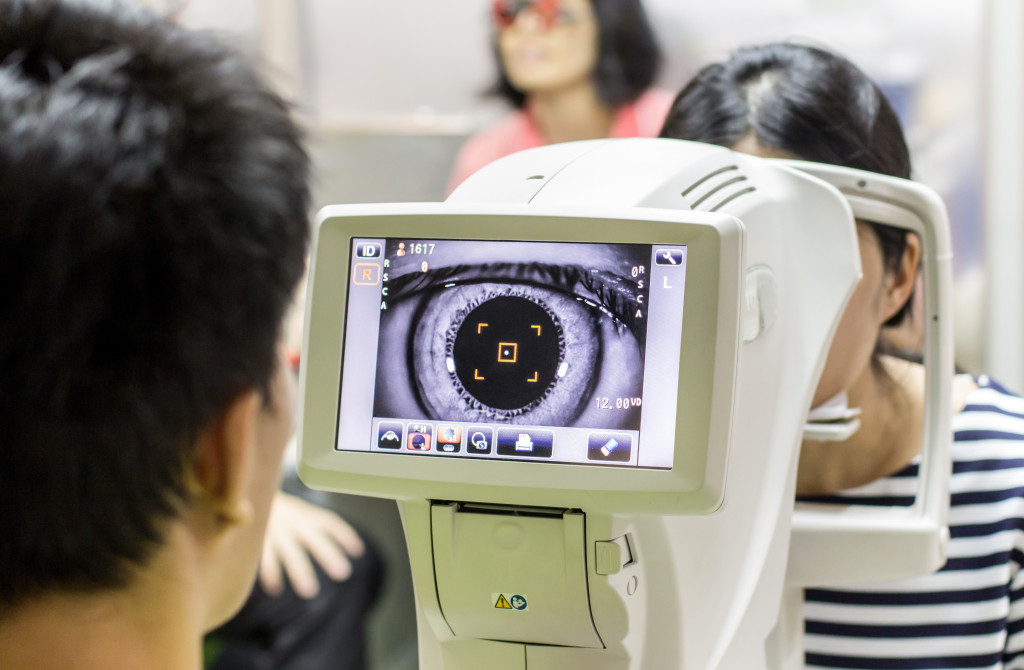Disclaimer: This website provides health information for educational purposes only and is not a substitute for professional medical advice, diagnosis, or treatment. Always seek the guidance of a qualified healthcare provider with any questions you may have.
The medical field has seen a spike in technology and medicine. This advancement is making it easier to diagnose and treat patients, which gives hope to those who have been traditionally left out by the medical industry. Technology is changing how we think about our health, from diagnosing illnesses to prescribing treatments. The advancements of this field are giving hope for the future of medicine.
Here are the top 10 new medical technologies that are changing the field:
1. Virtual Reality in Surgery
Virtual Reality in surgery is one of the most cutting-edge technologies in the medical field. It allows surgeons to perform operations without being in the same room as the patient. This technology has been used to significant effect in procedures such as heart surgery and brain surgery.
Virtual reality headsets allow surgeons to have a three-dimensional view of the patient’s body, which gives them a better understanding of the problem area. This technology is still in its early stages, but it has the potential to revolutionize the way surgery is performed.
2. 3D Printing
3D printing is another cutting-edge technology that is changing the medical field. 3D printers can be used to create prosthetic body parts, organs, and other medical devices. This technology is still in its early stages, but it has the potential to revolutionize the way medical devices are created.
3. Dental Technology
Dental technology is a branch of medical technology that deals with the development and use of dental equipment. This technology includes dental lasers, dental implants, and dental chairs. Dental technology is used to improve the quality of dental care. Dentists use dental technology to diagnose and treat dental problems.
4. Genomics
Genomics is the study of genes and their function. Genomics has been used to identify genetic variants associated with certain diseases. This information can be used to develop new treatments for those diseases. Genomics is also being used to create personalized medicine.
5. Robotic Surgery
Robotic surgery is a type of surgery that is performed using a robot. The robot is controlled by a surgeon who is located in another room. This technology has been used to perform operations such as prostate surgery and heart surgery.
6. Stem Cell Therapy
Stem cell therapy is the use of stem cells to treat diseases. Stem cells are immature cells that can be transformed into any other type of cell in the body. Stem cell therapy has been used to treat conditions such as diabetes and heart disease.
Stem cells can be used to replace damaged or destroyed cells. They can also be used to prevent cell damage. Stem cells are a powerful tool for treating diseases.
7. Gene Editing
Gene editing is a technology that allows scientists to modify genes using CRISPR-Cas9 technology. This technology can be used to correct genetic mutations that are associated with certain diseases. Gene editing is still in its early stages, but it has the potential to revolutionize the way conditions are treated.
8. Artificial Intelligence
Artificial intelligence is a technology that allows machines to learn and work on their own. This technology has been used to develop robots that can be used for surgery and other medical tasks. Artificial intelligence has also been used to build machine learning algorithms that can be used to diagnose diseases.
Machine learning is a type of artificial intelligence that allows machines to learn from data. Machine learning algorithms can be used to predict the outcome of events. Machine learning algorithms can also be used to identify patterns in data. Machine learning has been used to develop systems that can be used for disease diagnosis and drug discovery.
9. Telemedicine

Telemedicine is the use of telecommunications technologies to provide healthcare services. This technology is being used to provide health services to patients who live in rural areas or who cannot get to a hospital. Telemedicine is also being used to provide mental health services to patients.
10. Automated Diagnosis
Automated diagnosis is a technology that is used to diagnose illnesses using machine learning algorithms. These algorithms can be used to detect patterns in inpatient data that are indicative of certain diseases. Automated diagnosis is currently being used to diagnose conditions such as heart disease and cancer.
Conclusion
The medical field has seen a spike in technology and medicine. Previous decades of advancement have led to the development of new technologies such as 3D printing, artificial intelligence, robotic surgery, and more. These advancements are making it easier for doctors to diagnose patients and treat them with less effort from an expert’s side. The future is looking good thanks to these innovations that are already changing how we deal with health care issues today. We hope you enjoyed learning about some cutting-edge developments in the medical industry!

